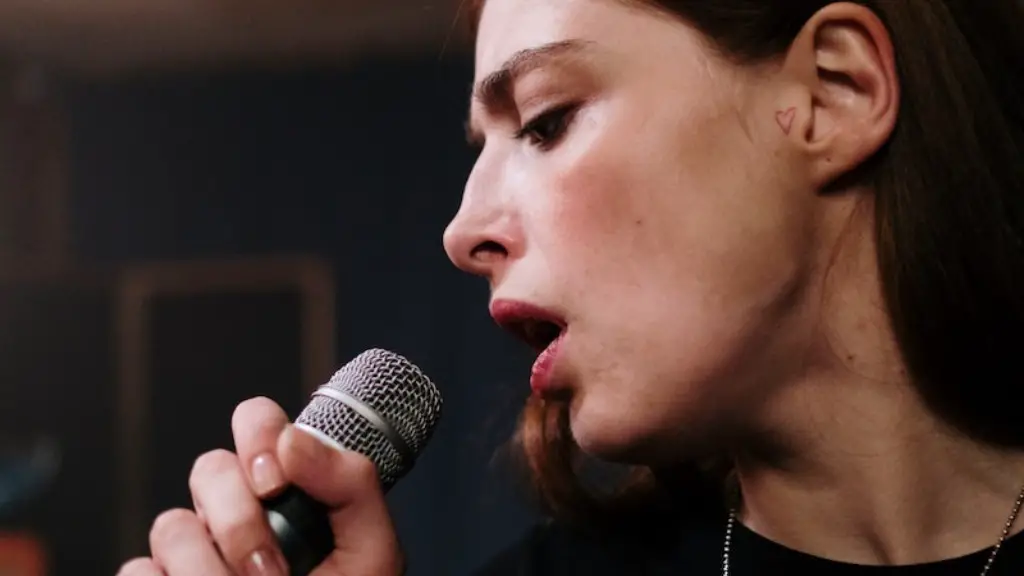Drawing a cat sitting can be a difficult task. But once you know the basics, you’ll be able to capture your furry feline in just a few brushstrokes. Here’s a step-by-step guide on how to draw a beautiful kitty!
Part 1: Gather Your Supplies
The first thing to do when learning how to draw a cat is to get your supplies ready. To draw a realistic cat, you’ll need some drawing paper or canvas, pencils, erasers, and drawing markers or paints. The type of paper and pencils will depend on the kind of kitty drawing you are doing. For example, if you are drawing a realistic cat, you will need thicker paper to help get the proper shadows and tones. A thinner paper is ideal for more cartoon-style kitties.
Also, decide which angle you want to draw the cat from and make sure you get the right supplies for your chosen view. For example, if you plan to draw a crouching cat from the side, then you’ll need some thicker paper and a ruler to help with the proportions.
Part 2: Find the Right Reference Photo
Once you have your supplies, the next step is to find a reference image of a cat sitting. You can take a photo of your own cat or look online for the perfect picture to use. Look for an interesting pose that captures the personality of your favorite feline. In addition, keep your photo close at hand when drawing — this will help you to remember how the cat is positioned.
It might also be useful to get a real cat plant nearby when you are drawing. This will give you a chance to get the feel of how a cat moves and where its different body parts are placed. This can help you to capture all the details when sketching your cat.
Part 3: Outline the Cat’s Body
Once you have your reference photo, it’s time to start drawing! Begin with a basic outline of the cat’s body. Pay attention to where the feet and tail are located, as this will help you to get the proportions of its body correct. Try to draw quickly, as this will help you to keep an accurate sketch.
Once you have the basic body shape, add any details such as whiskers, ears, and fur markings. This might be the most challenging part as cats can have many different color variations and markings. Allow yourself to be creative here, as you are the one creating the art.
Part 4: Exaggerate the Personality
Now comes the fun part! Once you have the basics down, it’s time to exaggerate the personality of your feline masterpiece. Do you want to draw a serene and regal cat? Add a few extra lines around the eyes and mouth to create a more dignified look. Or, if you would prefer a mischievous kitty, add some extra whiskers and alter the shape of the tail for a more playful look.
You can also add color if you are using markers or paints. With the right tones and shading, you can make your cat come alive on the page. Experiment with different colors and see what works best for your kitty. You can also add shadows and highlights for a more three-dimensional look.
Now you’re ready to put the finishing touches on your beautiful cat. Use a black marker to highlight the eyes and fur markings, and don’t forget to erase any unwanted pencil marks. It’s a good idea to take a step back and look at your artwork from a distance. This will help you to spot any areas that need more attention.
Part 5: Have Fun with It!
Now comes the best part of the process: having fun! After you have completed your cat drawing, find a comfortable place to enjoy it. Admire your work and get lost in the details of your creative creation. After all, art is about the experience and the feelings we can create on the paper. So don’t be too hard on yourself if the drawing doesn’t look the way you expected — remember, the most important thing is to have a good time!
